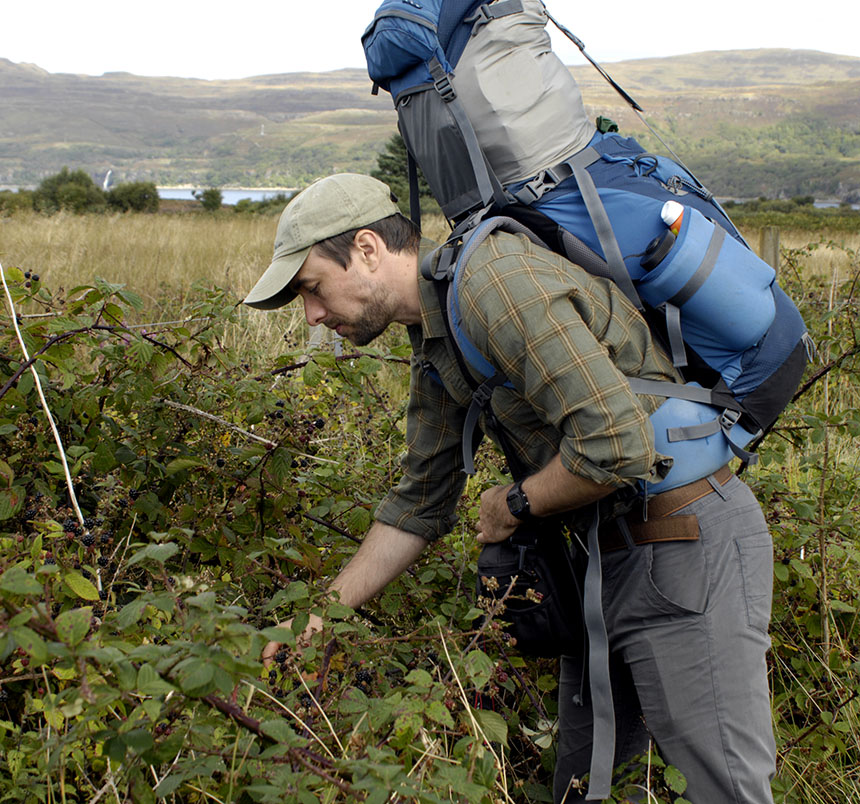
In September 2018, Ken and I hiked across the eight-mile width of the island of Ulva to get to the island of Gometra. This photo of Ken was shot on the Mull side of Ulva. Click here for high-resolution version.
Ken’s article in the New York Times today is “What a Small Island Off the Coast of Scotland Could Teach America.” He writes:
“As an American who lived for years in North Carolina, I saw firsthand the decline of rural communities. The boarded-up shops, political disengagement and ‘No Trespassing’ signs of rural America may be less picturesque, but in important ways they’re not so different from the stone ruins and abandoned fields of Scotland’s Highlands and islands. Could community ownership let people reclaim control over their land and their futures in rural America?
“Some think it might. In the United States, federal and state governments can claim land using eminent domain, but we rarely see communities take control to provide affordable housing, let alone empower local residents to make it happen themselves. ‘It is impressive,’ said John Lovett, a law professor at Louisiana State University, who studies Scotland’s land reform laws. Scotland is ‘trying to achieve something that we just don’t even think about in the U.S. It’s creating a way for the government to enable or facilitate the disassembly or the decentralization of landownership. We’ve never tried that in the U.S.'”

Ken picking blackberries on Ulva, September 2018.

That’s a great article by Ken.
Hi Chenda… Along the same lines, the March 17 New Yorker has a review of a new book by Padraic X. Scanlan — “Rot: An Imperial History of the Irish Famine.” It seems that the cause of the Irish potato famine wasn’t just a fungus. Like the Scottish clearances, it had everything to do with the greed of landowners, bad policy out of London, and cruelty toward the poor. Traveling with Ken in Scotland, by the way, is quite an experience. He sees what most Americans would never notice. Then he tries to understand what’s behind it, and then he tries to imagine how it might be fixed.
Thanks David. I recently read the published diary of a Lydia Goodbody, a wealthy quaker women who lived in 19th century Clara. It’s a fascinating first hand account of major events of the time. Some of her diary entries could be from the today, discussing massacres in Kabul and reports of fighting in Crimea. She makes a chilling reference to rumours of food shortages just before the famine begins. The Quakers had a reputation for been enlightened landlords, in contrast to many others.
https://offalyhistoryblog.com/2021/10/30/one-hundred-years-of-clara-history/